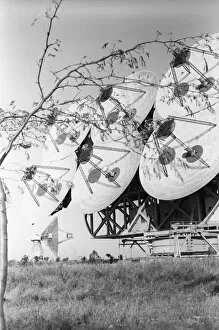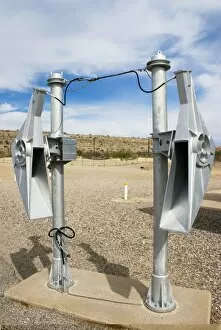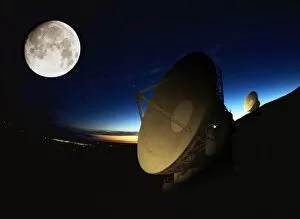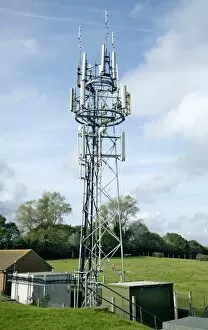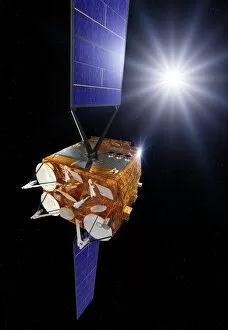Antennas Collection (#2)
"Unveiling the Hidden World: Antennas as Nature's Marvels" In the intricate realm of nature, antennas serve as vital tools for communication and survival
For sale as Licensed Images
Choose your image, Select your licence and Download the media
"Unveiling the Hidden World: Antennas as Nature's Marvels" In the intricate realm of nature, antennas serve as vital tools for communication and survival. From the delicate red-barbed ant to the formidable Asian giant hornet head, these remarkable appendages enable creatures to navigate their surroundings with precision. With a self-contained design, antennas possess an otherworldly quality that sparks curiosity and fascination. They bridge gaps between species, connecting us to a world beyond our own understanding. Just like the alienation we sometimes feel in our human existence, antennas remind us of the vast diversity that exists within our planet. Even in ruins such as Pergamos Amphitheatre in Turkey or Ephesus' Great Mosque (formerly St John's Church), historical remnants bear witness to how they have been integral throughout time. These digitally restored reproductions from 19th-century originals transport us back to eras where technology was simpler yet equally awe-inspiring and can not limited to terrestrial beings alone; they also grace the skies above. The green-veined white butterfly fluttering through Derbyshire showcases its elegant antennae while startrails on Monte Giogo illuminate former NATO bases like celestial beacons. In bustling cities like Milan, Lombardy, Italy, where towering skyscrapers dominate the skyline including Pirelli tower - antennas silently work behind-the-scenes ensuring seamless connectivity for millions of people every day. However, it is not just earthly connections that rely on these marvels; even scientific endeavors reach new heights thanks to instruments like those at ALMA Observatory. With their help, scientists unravel mysteries hidden among distant galaxies and bring us closer to understanding our place in this vast universe. Through "The Window" provided by these extraordinary structures called antennas – whether observed in nature or man-made – we gain glimpses into worlds both familiar and unknown. They remind us that there is always more waiting beyond what meets the eye, inviting us to explore and appreciate the wonders that lie just beyond our reach.


